- 2 Min Read / Blog / 3.2.2020

2016 has been an amazing year for sports. Peyton Manning and the Denver Broncos handed the nearly perfect Carolina Panthers a stunning defeat in the Super Bowl, the Pittsburgh Penguins won the Stanley Cup over the San Jose Sharks, and the 2016 Summer Olympics kicked off in Rio. This year also featured the 2016 Copa America Centenario—a massive cross-confederation soccer tournament featuring the best teams in North, Central and South America, as well as the Caribbean, which concluded with Chile’s penalty-kick defeat of Argentina. For more than six months, I worked with a team of talented developers, designers, and marketers to build the official Copa America 2016 mobile app, which skyrocketed to the top of the App Store and Google Play Store in several countries, and was a persistent featured app for the month of June.
Throughout the first few days of the Olympics, I’ve lived with the NBC Sports app streaming on some device, somewhere. For all its flaws, the app has been a necessary companion for navigating live events and, more importantly, tuning into the sports that don’t usually make the primetime broadcasts. As far as I’m concerned, live-streaming my favorite sports is the only use-case for that app. Yet every time I open the app, what I want to do is multiple taps, a lot of scrolling, and usually several seconds of loading away.
I’m not alone in the frustration I feel with this app, or any of the three other mobile apps built for the 2016 Rio Olympics. As I’m writing this, the top 4 sports apps in the iOS App Store are:
None of these apps has a rating of better than 2 stars from users on the App Store.
If you were to peel back the layers of what makes up nearly 100 percent of today’s sports apps, what you’ll find is merely re-skinned news apps that have a particular focus on sports content. Surprised? You shouldn’t be, since these apps are often managed by content companies, like NBC, ESPN, and Fox.
Designing a sports app first as a new vehicle is a tremendous mistake and a sure sign of weak strategy behind its development. If a sports app mobile developer chooses a news-first approach, they’re guaranteed to encounter a disappointed audience and heavy competition from existing news outlets. Jack Welch is famous for mandating that General Electric be the first- or second-ranked business in its verticals. Right now, typical sports apps have very few differentiators, leaving users with a selection of mediocre choices.
When the Washington Post sends a push alert about Kristin Armstrong winning the road cycling time trial, users are going to engage with the Washington Post’s proactive content and ignore other content living passively within other apps. Additionally, most organizations developing sports apps will struggle to maintain the kind of journalistic prowess required to build a great content app that users want to return to multiple times daily. Today’s mobile app audience gives new apps just a few seconds to make a solid impression. If the value that your app provides users is unclear or too similar to the rest of the apps on their phones, then the chance of the app succeeding is slim.
Sports apps that are meant to be installed on a device for an indefinite period of time can be forgiven for having a heavy focus on “news” content. Users view these apps as an inside look at the ever-changing world of sports, and use the app as a resource for the frequent to occasional browse. The Olympic Games, or any other time-bound event, is completely different. The time to shine is short and competitive.

From a market perspective, the entire world cares about the Olympics for one month every other year. This means that app makers have an extremely limited opportunity to positively engage with this captive audience. And, if app reviews are to be trusted, people are disappointed with this year’s Olympics’ app options. Said another way, if app reviewers were gymnastics judges—you get the metaphor.
Like the Olympics, app makers competing in the arena of sports apps have a massive opportunity to redefine how sports should be “done” in the mobile space. While creating the Copa America app, we started design with a single question: “What creates a memorable experience for soccer fans?” What we learned was that, while the blocking and tackling (think features like stats, news, and highlights) was definitely important, creating an environment where the fan could feel and interact with the heartbeat of the tournament was core to getting those users to come back each day.
From a fan’s perspective, a unique part of the Olympics is that events are happening around the clock—there is very little downtime. This means that fans have the chance to see something amazing happen—a world record broken, a massive upset victory, or even a colossal failure (the internet loves those)—at any moment.
Fans don’t tune into the Olympics to watch the sports they only care about once every four years. They do it in the hopes that they’ll see something amazing. A “news” app with the intent of showing you any and everything isn’t the way to ensure users are getting the content that matters most to them.
Fans don’t tune into the Olympics to watch the sports they only care about once every four years. They do it in the hopes that they’ll see something amazing.
If you’ve built an app in the sports space that is yet to win gold (last pun intended), then consider the following principles.
At Punchkick, we’re a group of strategic problem solvers who believe in the radical notion that if users don’t engage with your products, they will move on and find a product that delivers the value they desire. If you’re looking for someone who can help you and your company think that way too, you should give us a call and tell us about your challenges.